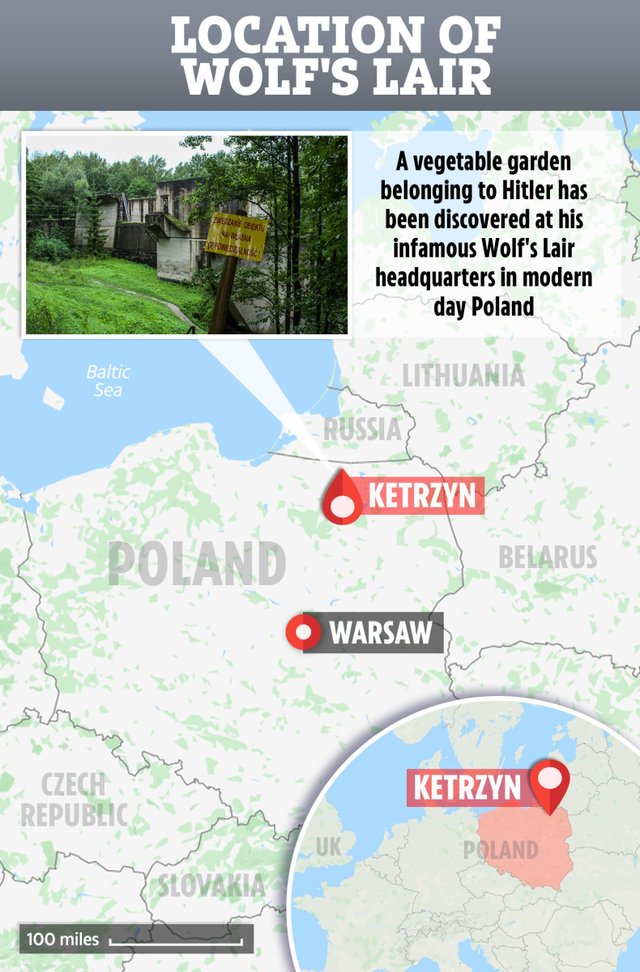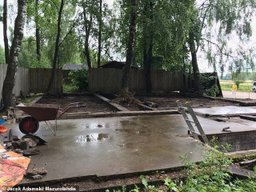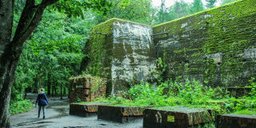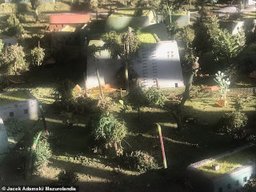Hitler's Garden

Hitler's Garden
Hitler's Garden is the remains of a once fertile garden uncovered in 2019 at Adolf Hitler's secret Wolf's Lair headquarters in Poland. [1]
Overview

The garden was discovered at what used to be Adolf Hitler's secret Wolf's Lair headquarters in Northern Poland. Over the summer of 2019, excavations took place at Mazurolandia, a theme park museum that now stands where the Wolf's Lair 4th Zone used to be. The remains of the Wolf's Lair are basically a hidden town in the Polish woods made up of 200 buildings. It's home to the ruins of shelters, barracks, airports, a barbershop, a casino, a cinema, a teahouse, a power station, a railway station and much more. [1]
The garden was uncovered only 2,953 feet from Hitler’s bunker. They also found the gardener’s residency, two greenhouses and an underground boiler room that provided water and warm air to facilitate the growth of produce all year round. Historians also found wartime ceramics, porcelain and glassware at the site. [1]
Hitler was a vegetarian, though he sometimes ate eggs. At the Wolf's Lair site he employed 15 young women to taste his food for him and prevent any attempts at assassination by poisoning. A lot of the food Hitler ate came directly from his vegetable garden. His routine generally consisted of a late breakfast of two apples, biscuits and tea followed by meals that included vegetarian broth s, carrot and potato stews and fried eggs with mash. Margot Wölk, one of Hitler's personal taste testers described the food to the Associated Press: [1]
Historian Jacek Adamski from the Mazurian Military Museum Mazurolandia described the findings as "the banality of evil".
Hitler arrived at the lair in 1941 and spent two years there orchestrating his Operation Barbarossa plans. His stay at the lair ended four months after Colonel Claus von Stauffenberg placed a suitcase full of explosives at Hitlers feet and left the room for a supposed phone call. A stenographer and three officers were killed in the blast, though Hitler survived. In the aftermath, over 5,000 were arrested and executed by the Gestapo in connection with the resistance including Stauffenberg. [2][3]





